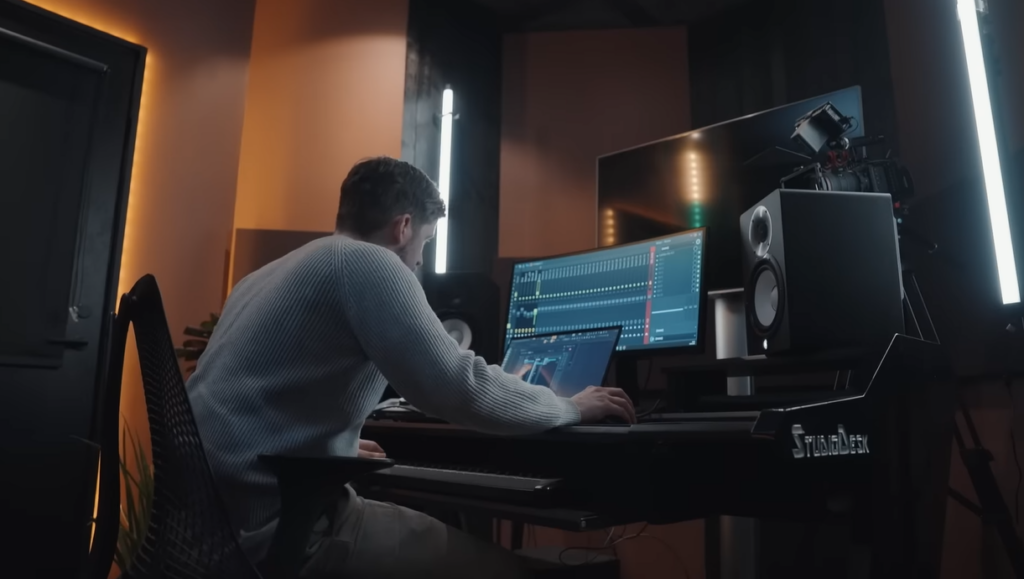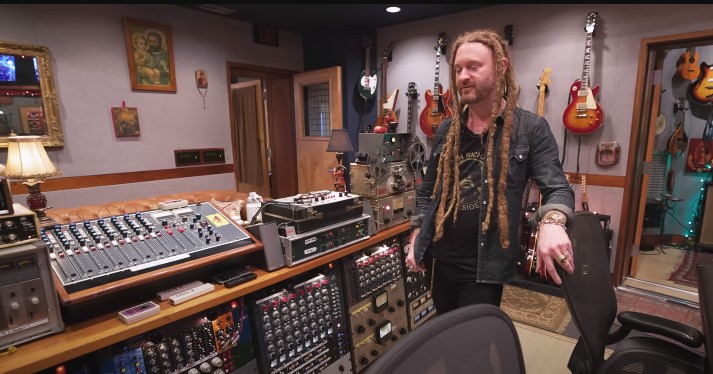Welcome to the intriguing world of sample clearing, where music meets legality. Have you ever wondered about the price tag attached to clearing a sample?
In this guide, we’ll explore the fascinating complexities and costs involved in obtaining the right to use a snippet of musical magic.
How Much Does It Cost to Clear a Sample?
The cost of clearing a sample is a multifaceted puzzle, influenced by factors such as the composition itself, its ownership, and the whims of the rights holder. Prices can vary immensely, spanning from a modest $100 to a jaw-dropping $30,000 or more.
Interestingly, there is no standardized regulation governing these fees, leaving room for negotiation and subjective valuations. Additionally, it’s not uncommon for rights holders to request a nonrefundable consideration fee, adding an extra layer of financial complexity to the sample clearance process.
Factors that Affect the Cost of Clearing a Sample
The cost to clear a sample is influenced by a multitude of factors that contribute to the complexity and uniqueness of each licensing agreement. Understanding these variables is crucial for artists, producers, and music enthusiasts navigating the intricate world of sample clearance.

Song’s Popularity
The popularity and commercial success of the original composition can increase the value of the sample. A well-known and iconic track is likely to command a higher price due to its perceived market value. Additionally, the length and prominence of the sample within the new work can affect the cost.
A shorter, more incidental snippet may incur a lower fee compared to a more prominent and recognizable portion of the original composition.
Ownership
If the sample is controlled by a major record label or a high-profile artist, the clearance process may involve additional expenses. These entities often have established procedures and legal teams dedicated to managing their intellectual property rights, which can lead to higher clearance costs.
On the other hand, independent artists or lesser-known labels might be more flexible and open to negotiation, potentially resulting in lower clearance fees.
Negotiation Dynamics
Some rights holders may see the sample clearance as an opportunity for additional revenue and may demand a higher fee accordingly. Others might be more open to granting permission, especially if they perceive it as a promotional opportunity for their original work.

The negotiation skills and leverage of the artist seeking the sample clearance can also influence the final cost. If the artist is highly sought after or has a strong bargaining position, they may be able to negotiate more favorable terms.
Purpose of Usage
Different usage scenarios, such as commercial releases, film soundtracks, or advertisements, carry varying levels of financial implications.
Licensing a sample for a major motion picture or a high-profile advertising campaign often entails substantial fees due to the potential exposure and economic impact of such projects.
Absence of Standardized Regulations
Unlike other industries where pricing frameworks may exist, the music industry lacks universal guidelines for sample clearance fees. Each negotiation is unique and subject to the subjective assessment of the rights holder, making it challenging to predict or estimate costs accurately.

The cost to clear a sample is influenced by a range of factors. Navigating these intricacies requires careful consideration, effective communication [1], and a thorough understanding of the music industry’s complex landscape.
Conclusion
As we delve into the captivating realm of sample clearing, one thing becomes abundantly clear: the cost to clear a sample is as diverse as the music it accompanies.
From the allure of iconic compositions to the intricate dance of negotiations, this fascinating process unveils a world where creativity and commerce converge.

